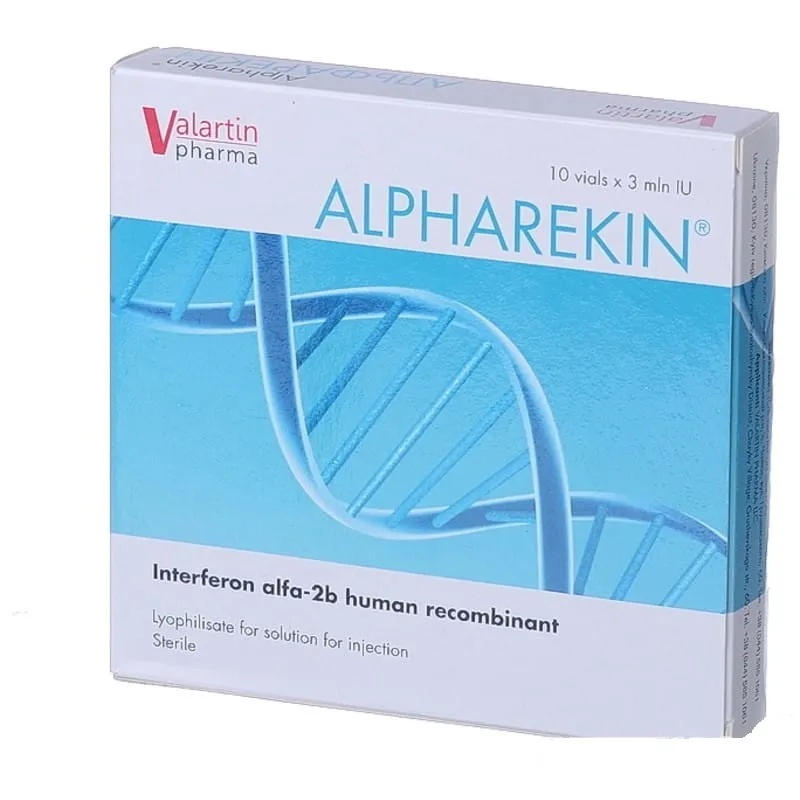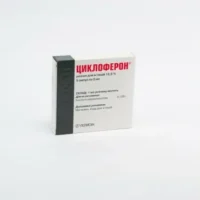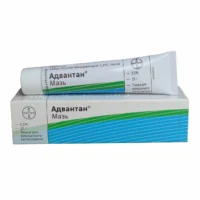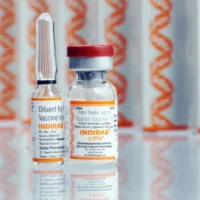Description
Alfarecin (Interferon) Lyophilisate for Solution for Injections 3 mln IU Vial №10
Ingredients
Each vial contains:
- Interferon alpha-2b (recombinant) – 3 million IU
- Lactose monohydrate
- Glutamic acid
- Mannitol
Mechanism of Action
Interferons are a group of signaling proteins produced by the body in response to pathogens. Interferon alpha-2b, the active ingredient in Alfarecin, works by binding to specific receptors on cells, triggering a cascade of immune responses that help the body fight infections and regulate cell growth.
Pharmacological Properties
Interferon alpha-2b exhibits antiviral, antiproliferative, and immunomodulatory effects, making it effective in the treatment of various viral infections and cancers. It inhibits viral replication and enhances the immune response against infected cells.
Indications
Alfarecin is indicated for:
- Chronic hepatitis B and C
- Kaposi’s sarcoma
- Genital warts
- Chronic myeloid leukemia
Contraindications
Do not use Alfarecin if:
- You are allergic to interferon alpha-2b or any other ingredients in the product
- You have autoimmune hepatitis
- You are pregnant or breastfeeding
Side Effects
Common side effects of Alfarecin may include flu-like symptoms, fatigue, injection site reactions, and hematological abnormalities. Consult a healthcare provider for a full list of potential side effects.
Usage Instructions
Dosage and Administration: The recommended dose of Alfarecin is determined by the prescribing healthcare provider based on the patient’s condition. It is administered via subcutaneous or intramuscular injection.
Benefits Compared to Analogues
Alfarecin has demonstrated superior efficacy and tolerability compared to traditional interferon therapies. Its recombinant nature allows for enhanced potency and reduced immunogenicity, leading to improved treatment outcomes.
Suitable Patient Groups
Alfarecin is suitable for use in various patient populations, including adults, children, and the elderly. Dosage adjustments may be necessary based on individual patient characteristics and medical history.
Storage and Shelf Life
Storage: Store Alfarecin lyophilisate at controlled room temperature. Protect from light and moisture. Do not freeze. Check the expiration date on the packaging before use.
Packaging Description
Alfarecin is supplied in vials containing lyophilized powder for reconstitution. Each package includes 10 vials, each containing 3 million IU of interferon alpha-2b.
Scientific Evidence
Alfarecin’s Efficacy: Clinical studies have shown that interferon alpha-2b effectively improves outcomes in patients with chronic viral hepatitis and certain types of cancer. Its antiviral and immunomodulatory properties contribute to its therapeutic benefits.
Clinical studies have shown that Alfarecin is well-tolerated and effective in improving outcomes in patients with chronic viral hepatitis and certain types of cancer. Its use in combination therapy has been particularly promising in enhancing treatment response rates and reducing disease progression.





